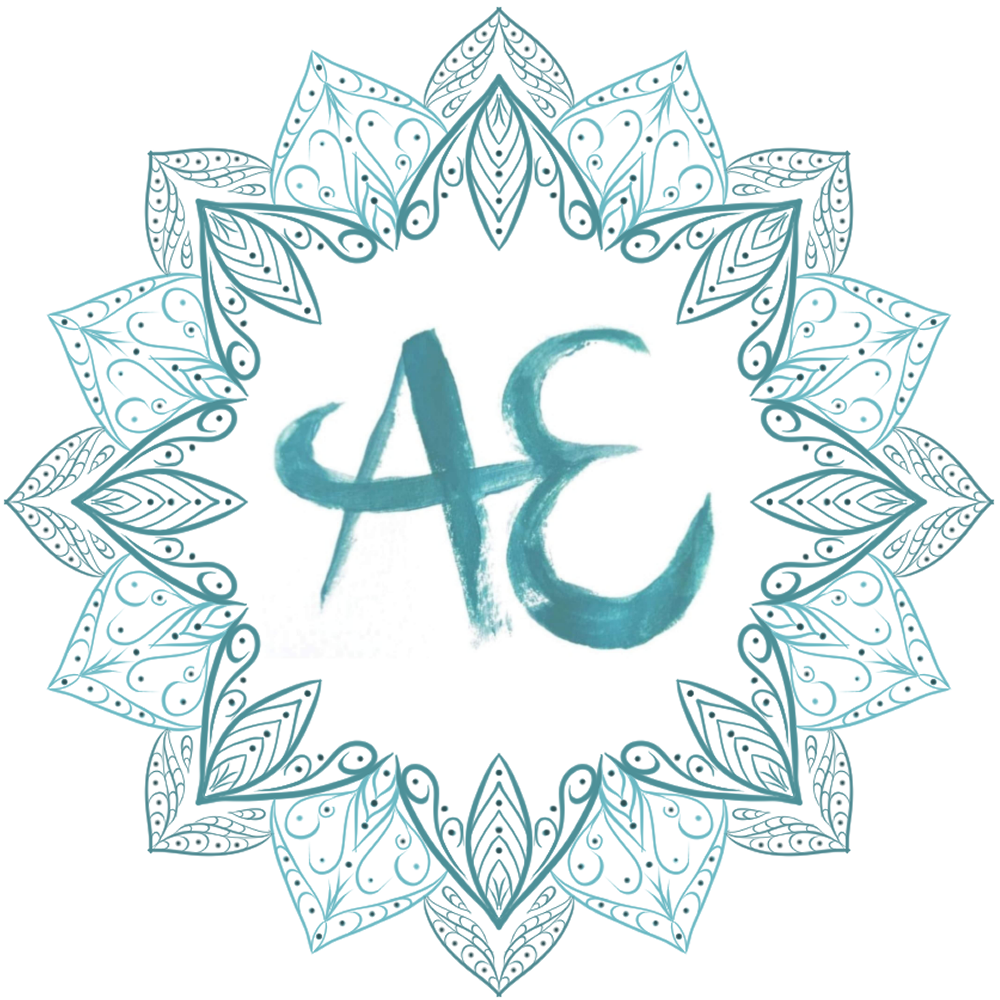Its an extra special challenge to narrow down this system. Quite simply put, its almost impossible. Here is a short summary of the structure of both the male and female reproductive systems. After reading this, you might be interested to read up more and read future blog posts on menstruation, conception, infertility and pregnancy. Every day is a learning day!
The Female System
Internal Female System
Ovaries: Almond sized glands that store eggs. At birth, they contain about 1 million immature eggs. No more can be formed through a woman’s life. The eggs live in sacs or follicles. After puberty, one or sometimes more follicles will develop each month. Ovulation is the rupture of the dominant sacs, and an egg is released. Ovaries also secrete progesterone and oestrogen.
Fallopian Tubes: These actively seek out and collect the eggs from the ovaries. If sperm are present, they will swim up to the fallopian tubes. Fertilised or not, the egg typically continues to travel down this tube to the uterus.
Uterus: This is the hollow chamber known as the womb. It responds to hormone secretions and the layers of tissue thicken each month in preparation for an egg. These layers would nourish the egg if fertilised. If no fertilised egg attaches then the layers of the uterus are shed - known as having a period.
Cervix: The cervix sits between the uterus and the vagina. It allows sperm to enter and secretes a mucous to help the sperm on their journey. In childbirth the cervix dilates to allow the baby to pass through.
Vagina: This is the muscular passageway that forms a channel for menstrual fluid and the site of penetration during sexual intercourse.
External Female System
Mons Pubis: This is the protective pad of fat that is covered by hair during puberty.
Labia Majora and Minora: Majora are two large folds of tissue that protect the entrance to the vagina. Minora are two smaller folds within the majora that also create a hood for the clitoris.
Clitoris: A small sensitive organ that contains erectile tissue and reacts in the same way as the penis. It fills with blood and swells.
Also around this area is the urethra which is the passageway for urine and the anus which is the passageway for faeces.
Breasts
The female breast consists of 15-20 lobes that radiate from the nipple. Each lobe contains milk producing glands. Each cluster of glands drain into a duct, and it makes it way to the nipple. The function of the breasts if to produce milk after birth but sometimes this can happen in late pregnancy. There are three types of tissue that make up the breast are glandular, fibrous and fatty. Hormones wise, prolactin stimulates milk production and oxytocin causes the breast to expel the milk. The pituitary in the brain controls both the prolactin and oxytocin levels in the body.
The Male System
Prostate: This is a gland below the bladder that also surrounds the urethra. It produces two secretions, one for the urethra and one is part of the seminal fluid. It tends to enlarge in men over 60 and this means that the bladder doesn’t completely empty.
Testes: These are also glands that produce and store sperm and also produces testosterone. Fun fact, male testes develop in the abdomen when a foetus and then they descend just before birth.
Scrotum: This is skin that encompasses the testes. The scrotum allows for temperate control of the testes, as when it’s hot the scrotum allows the testes to move away from the heat of the body and the reverse happens too, with the scrotum contracting to move the testes closer to the body when they are chilly.
Epididymis: This is a tube that connects the testes to the vas deferens. Immature sperm develop and are stored in this tube.
Vas Deferens: This tube connects the epididymis and the urethra. This is the passageway for sperm.
Penis: This is the main external sex organ, and it is made up of erectile tissue. Blood fills the penis in order to transfer sperm to the vagina.
Urethra: Connects the bladder to the outside world and is the exit route for urine.
Seminal Vesicle: This structure produces secretions for semen.
Puberty - A Brief Summary
For girls this happens around 10-14 years old and for boys around 13-16 years old. In girls, hormones start to stimulate the ovaries into developing follicles and ovulation begins. Whilst, for boy’s testosterone increases and sperm production begins. Both girls and boys develop pubic hair. For girls their breasts develop. For boys, their voices break, and larynx enlarges. Both girls and boys develop in height however boys increase in muscle whilst girls have an increased in fat. For girls, their hips get wider in preparation for carrying a baby. Both girls and boys experience a new type of perspiration which can cause body odour. Acne can also occur.
Complementary Therapies
Reflexology: During reflexology, the reflexes for ovaries/testes, uterus/prostate, fallopian tubes/vas deferens can be worked to aid with imbalance.
Aromatherapy: Oils can assist with the reproductive system. For example, some oils contain similar properties to oestrogen and clary sage is well known to work with the reproductive system in females.
Contact me about treatments or if you have any questions.
More on menstruation, conception, infertility and pregnancy in future posts.




